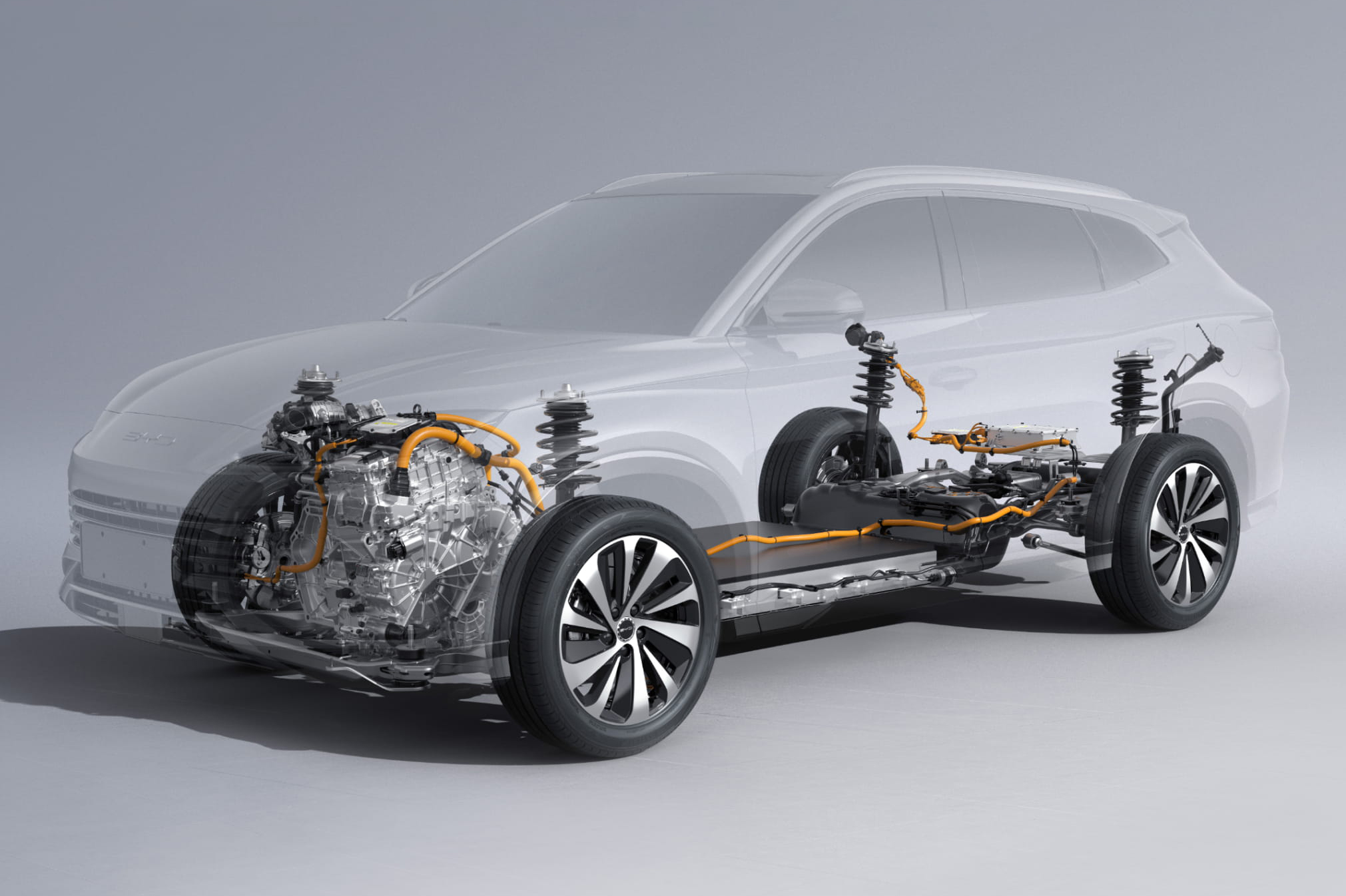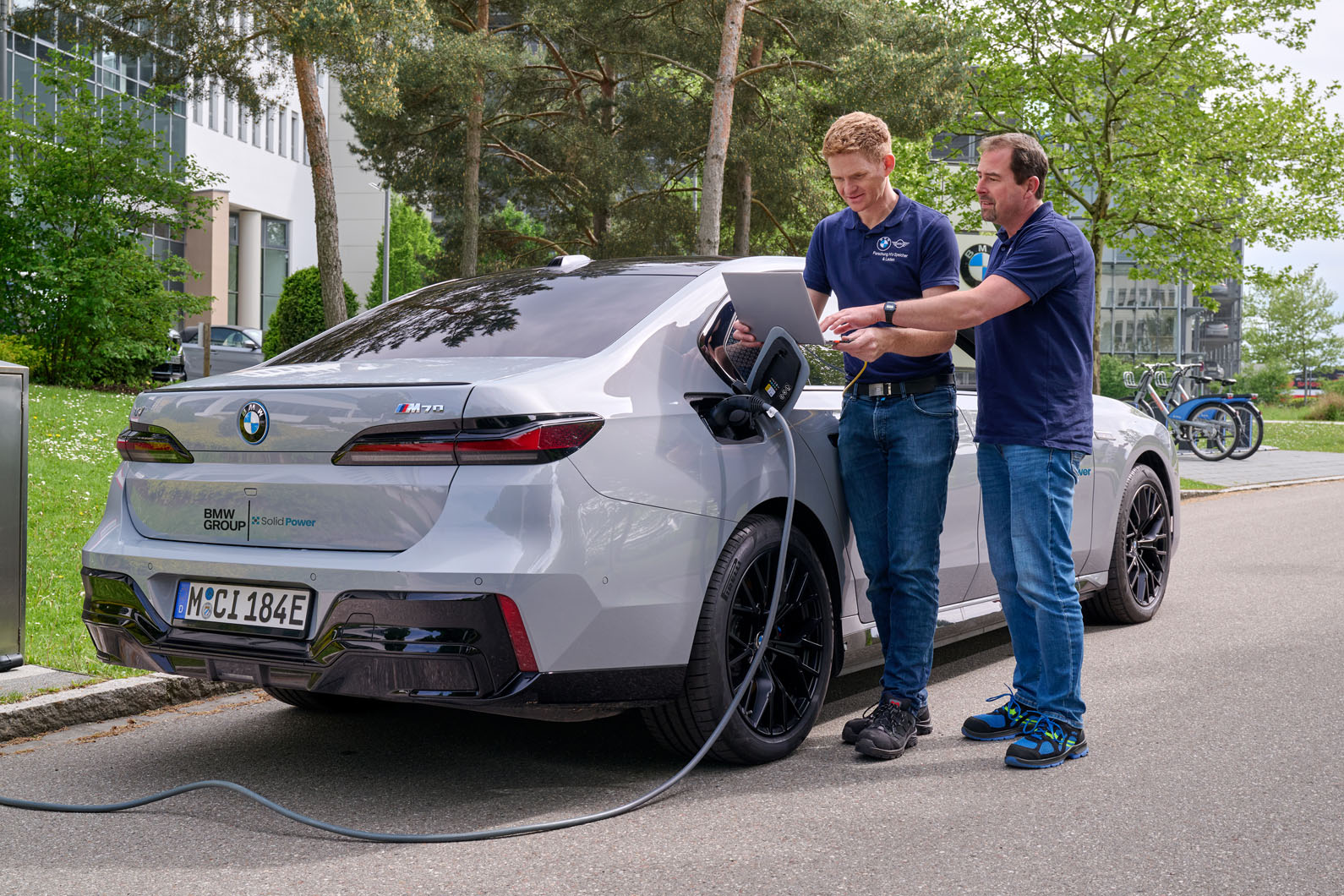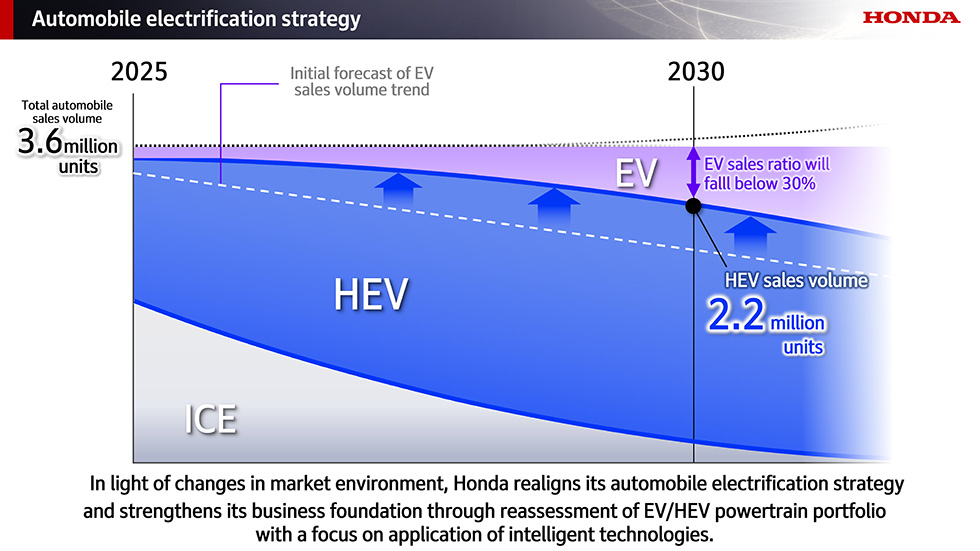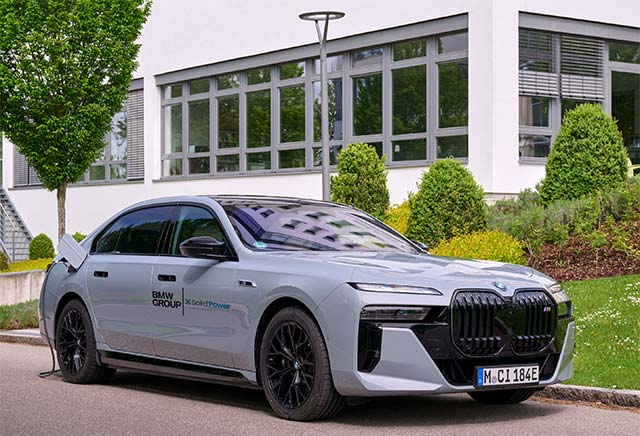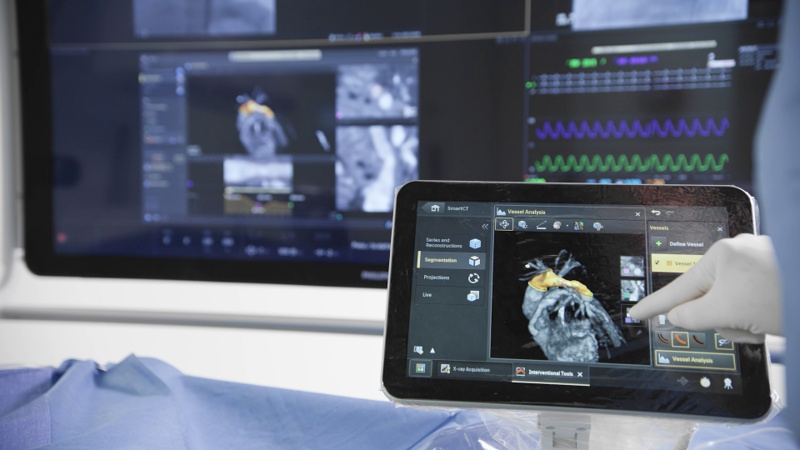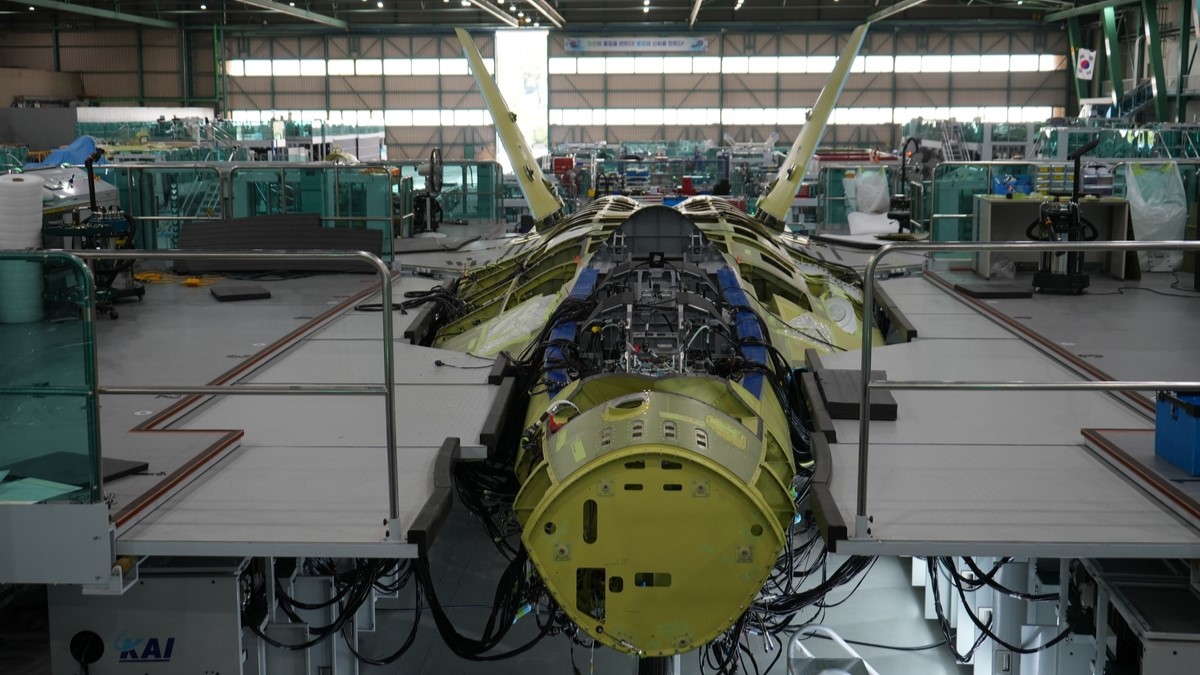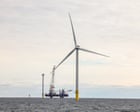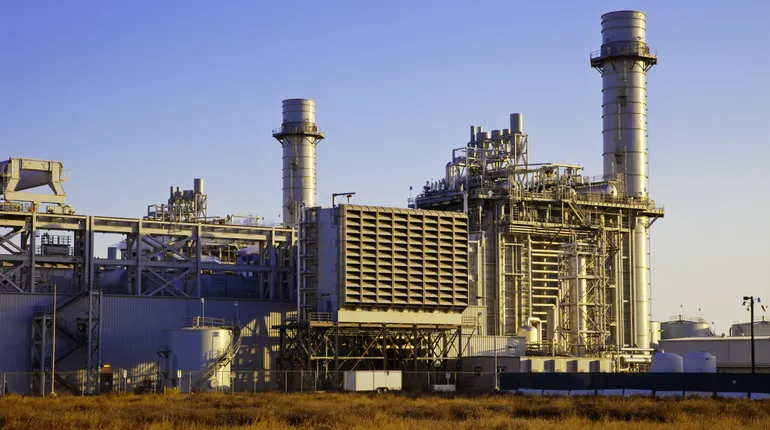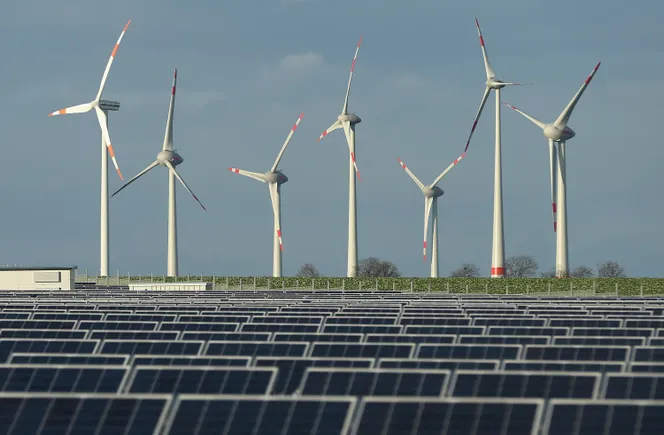A New Nanocomposite Electrode Developed from Environmental Atmosphere Triggered Reconstruction for Efficient Reversible Protonic Ceramic Cells
Advanced Energy Materials, Volume 15, Issue 19, May 20, 2025.

A highly efficient and durable nanocomposite air electrode is developed from environmental atmosphere-triggered reconstruction for reversible protonic ceramic cells (r-PCCs) by using single-phase Ba(Co0.4Fe0.4Zr0.1Y0.1)0.9Ni0.1O3-δ perovskite as the precursor. The reconstructed air electrode predominantly consists of a perovskite-based main phase, BaCoO3-δ and NiO nanoparticles, exhibiting superb electrocatalytic activity/durability for oxygen reduction/evolution reactions in r-PCCs operating at below 600 °C.
Abstract
Reversible protonic ceramic cells (r-PCCs) are highly attractive energy storage and conversion technology, while the insufficient activity of state-of-the-art air electrodes at reduced temperatures strongly limits their practical applications. Herein, this work reports a reduction/re-oxidation strategy to design a new highly efficient, and durable nanocomposite air electrode for boosting the performance of r-PCCs operated at intermediate temperatures. Specifically, single-phase Ba(Co0.4Fe0.4Zr0.1Y0.1)0.9Ni0.1O3-δ perovskite is selected as the precursor, its treatment in hydrogen atmosphere at 450 °C and then re-oxidation in air leads to the formation of a nanocomposite, consisted of a perovskite-based main phase and BaCoO3-δ and NiO secondary-phase nanoparticles, where the BaCoO3-δ phase facilitates oxygen surface exchange while NiO nanoparticles promote surface oxygen/steam adsorption. The corresponding r-PCC exhibits superior performance at 550 °C in a symmetrical cell (0.162 Ω cm2), a single fuel cell (0.690 W cm−2) and an electrolysis cell (−1.066 A cm−2 at 1.3 V). Such nanocomposite is thermodynamically stable at intermediate temperatures and offers better thermomechanical compatibility with protonic electrolyte because of the reduced thermal expansion coefficient. As a result, superior durability in both fuel and electrolysis cell modes is demonstrated. This study paves a new way for designing outstanding air electrodes for r-PCCs with great application potential.















